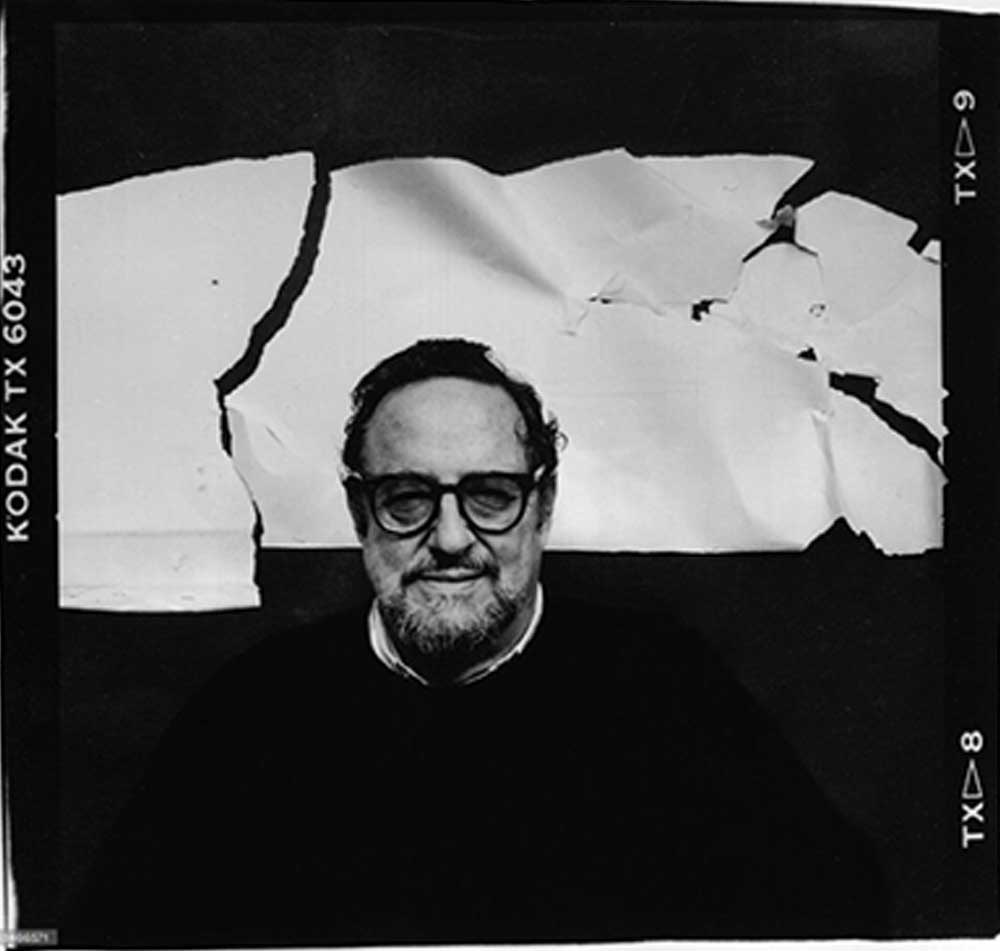Arnold Newman was a man who didn’t like labels. He invented a proper and modern style of photography that, in addition to breaking with the different schemes and classic traditions that defined the portraits, turned him into a legend.
Many important and famous characters of the American Society and the world, from politicians to artists, decided to pass through his camera lenses to be immortalized in such a unique way.

Arnold Newman was born on March 3, 1918 in Manhattan, New York. He demonstrated from his childhood and early adolescence a deep talent for drawing and painting. He grew up in New Jersey and then moved to Florida, where he studied art at the University of Miami at Coral Gables.
Two years later, he was forced to abandon his studies due to the Great Depression. From then, he moved to Philadelphia in 1938, where he was employed in a photo studio that made quick portraits at a low price (49 cents). He learned the profession of photography when he worked as an assistant to the photographer Leon Perskie in that studio.
That job would be the first step of a successful photographer career. In his early days, Newman concentrated his work on social and documentary photography, which he practiced in the black neighborhoods of West Palm Beach, Philadelphia and Baltimore.
“You don’t take pictures with your camera. You take pictures with your mind and your heart.”
– Arnold Newman –
In June 1941, Beaumont Newhall and Alfred Stieglitz discovered his work and decided to support it, allowing the first exhibition of his photographs to be held at the “A.D. Gallery” in New York in September 1941.
Shortly after, due to World War II, he moved back to Florida and between 1942 and 1945 made portraits of contemporary artists. in 1945, Newman returns to New York where he established the majority of his reputation working for Harper’s Bazaar, Look, Fortune and many other important magazines.
In August 1947 he began his collaboration with Life Magazine with his first cover (of a total of 24 that he did throughout his life). Other publications with which he collaborated were New York Times, “Portfolio” or “Werbung”.
Among his most famous photos are a portrait of Pablo Picasso made in 1954, where the painter has his head reloaded in his hand looking intensely towards the camera, and a somewhat abstract image of the composer Igor Stravinsky at the piano, taken in 1946. Even though his portrait of Stravinsky was rejected by Harper’s Bazaar, it is one of his most sold and famous photographs.
Arnold Newman was able to develop his own style because he decided to break with the classical traditions of the moment, which were mostly based on painting, where the human figure was considered the focus and the most fundamental part of a composition, and the rest of the image was just a mere background without any importance. As a portraitist, he knew how to integrate all the elements of the photographic composition, so he changed the perceptions that had existed until then.
For him, the environment (or the contexts) that surrounds the subject (social, professional or even private spheres) are essential and are part of the person, and therefore, he always incorporated them as a fundamental component of his portraits. This is how he ended up developing his “environmental portrait”.
Arnold Newman developed and adapted this bright visual concept for each individual. Because of this, this characteristic differentiated him from many other portrait photographers, because he did not portray a mere background but that it becomes the context that describes and explains the photographed character.
It was not surprising that notable characters such as Marlene Dietrich, John F. Kennedy, Marilyn Monroe, Ronald Reagan, Audrey Hepburn and Salvador Dali (just to mention a few) decide to pass trough his lens.
He received numerous awards, including a prize at the Photokina in 1951, a gold medal at the Venice Biennale of 1963, a prize for a lifetime of work by the American Society of Magazine Photographers in 1975 or Master of Photography of the 1999 Infinity Awards. The University of Miami made him an Honorary Doctor in 1981.
After his death due to a heart attack on June 6, 2006, an important part of his legacy was acquired by the “Harry Ransom Humanities Research” Center of the University of Texas at Austin.






